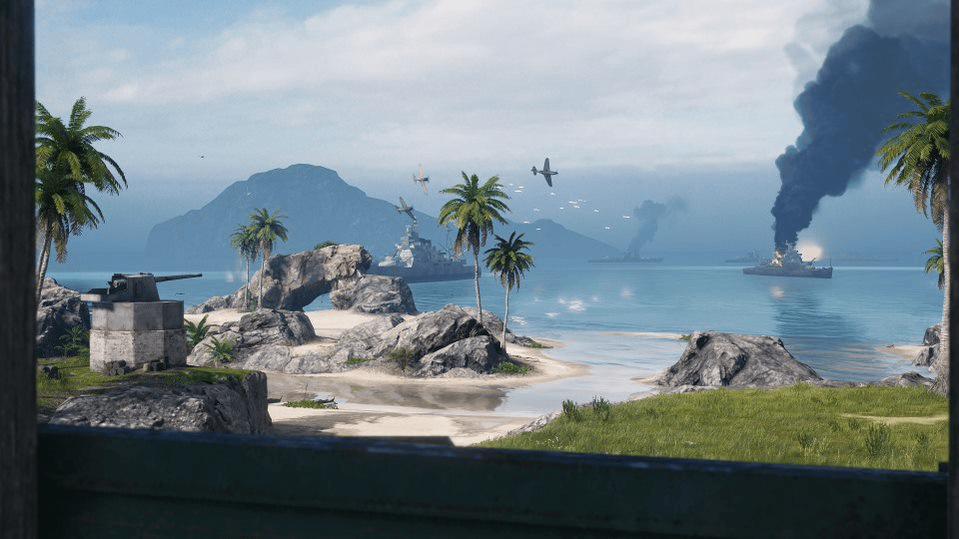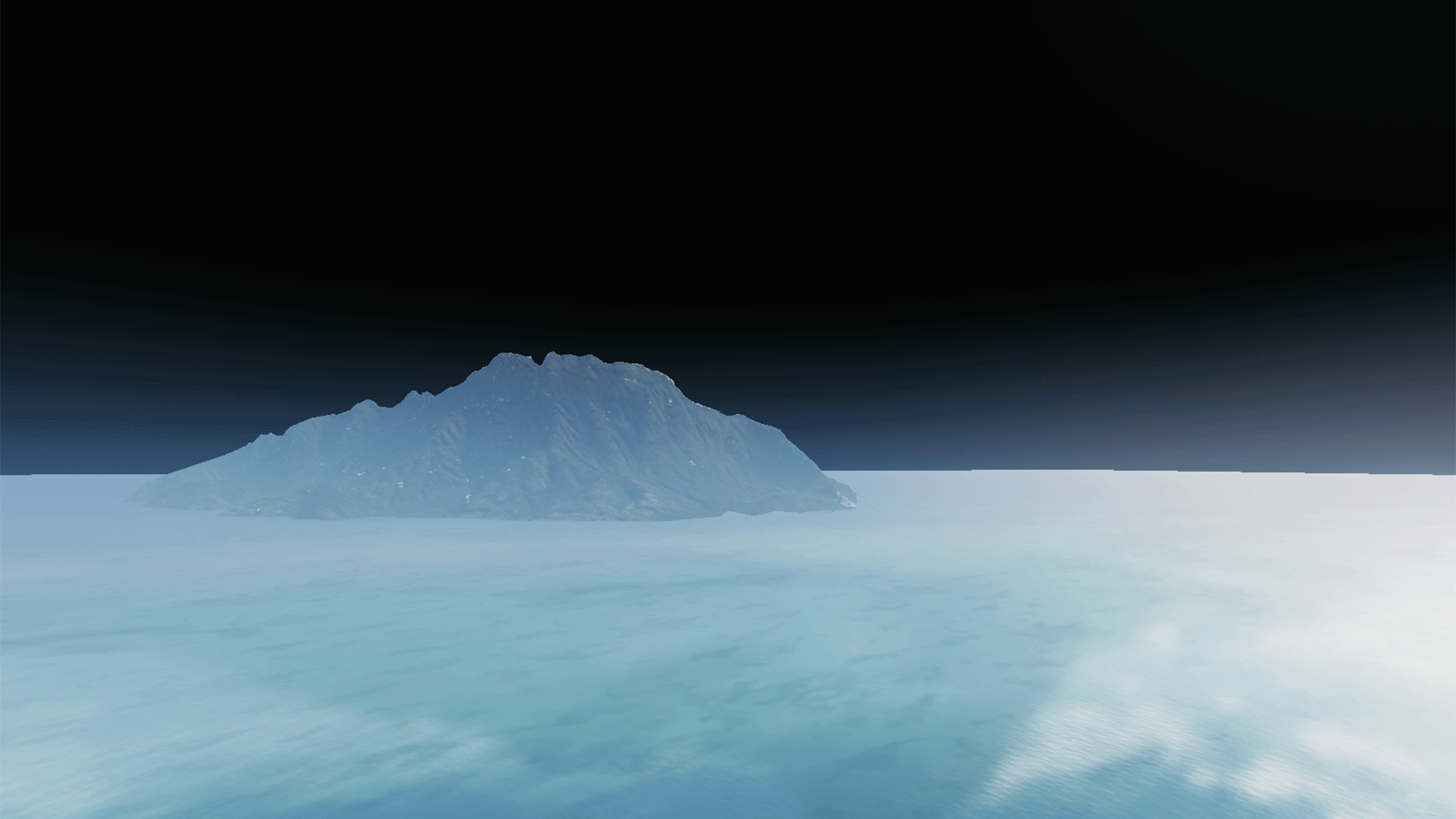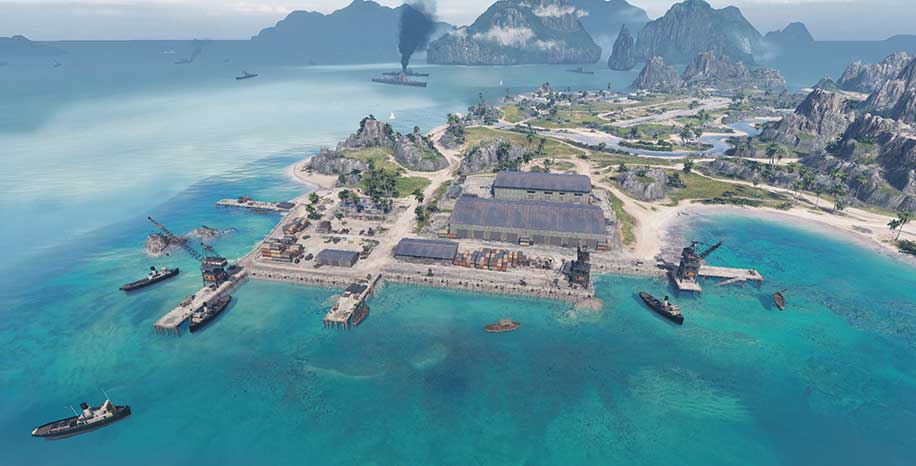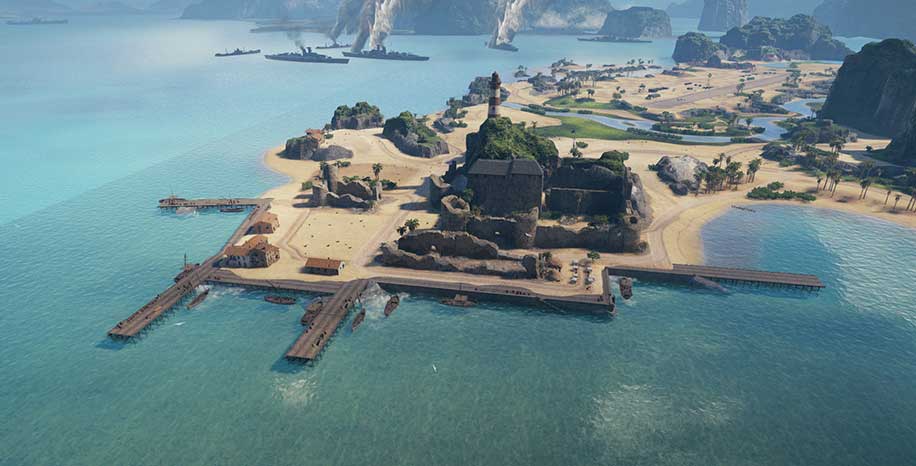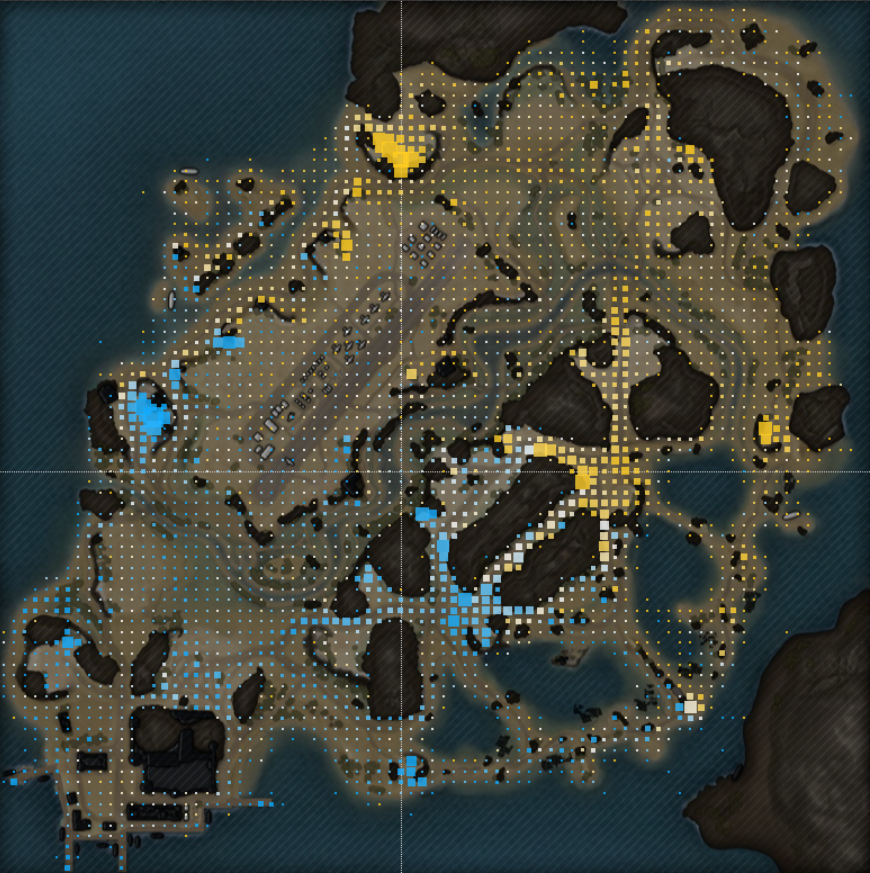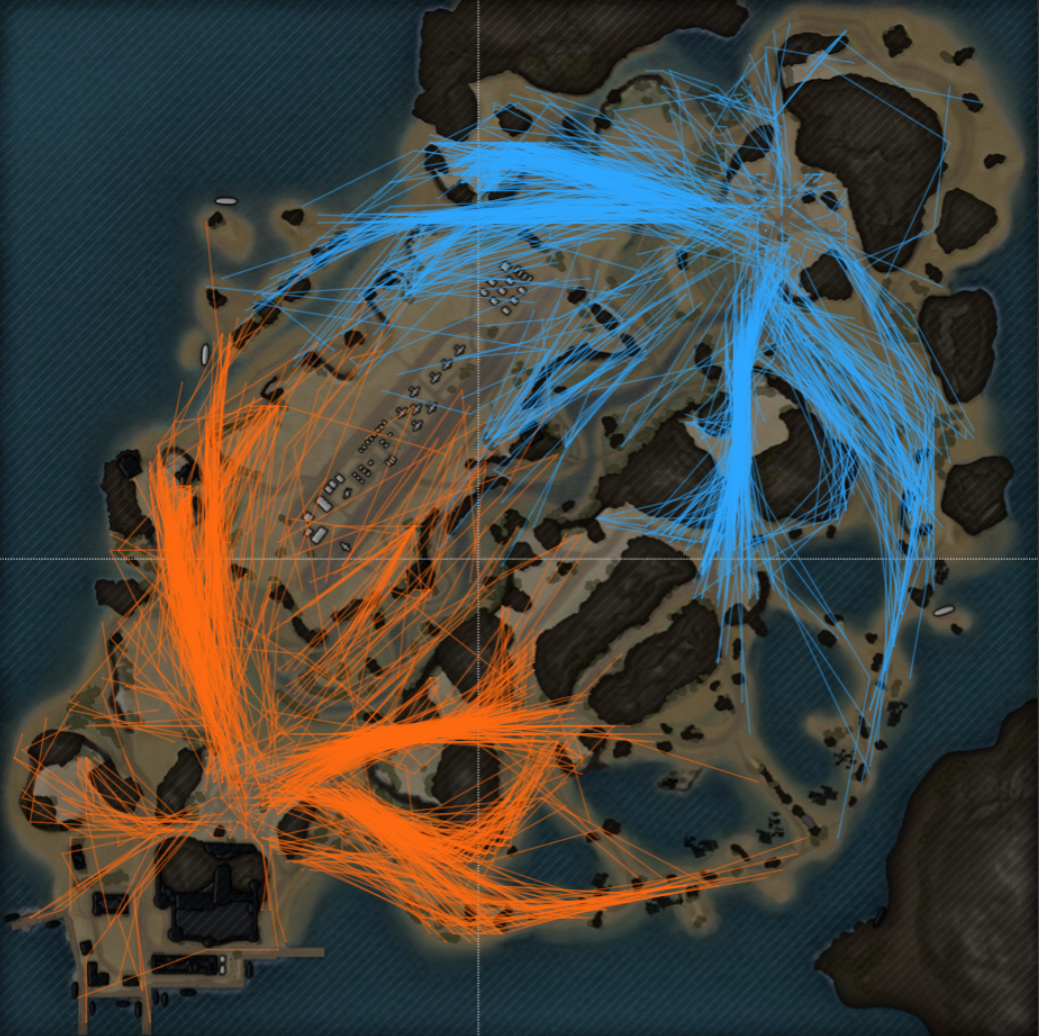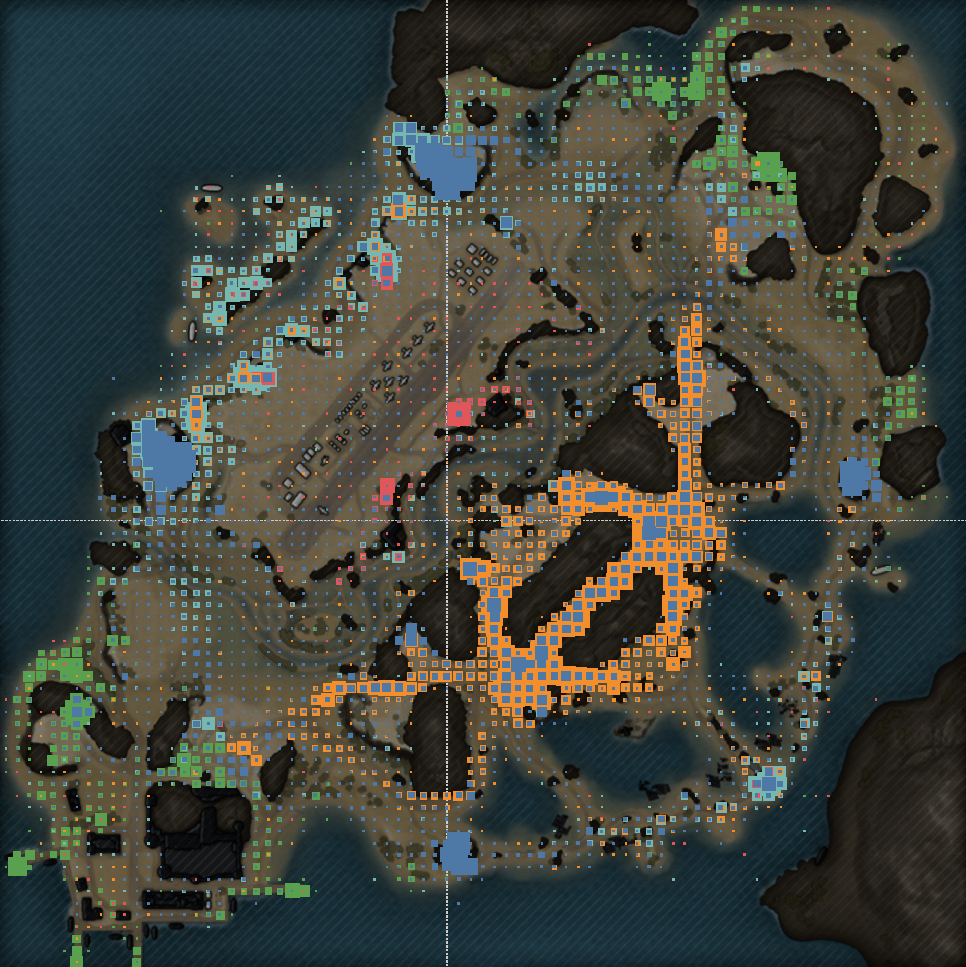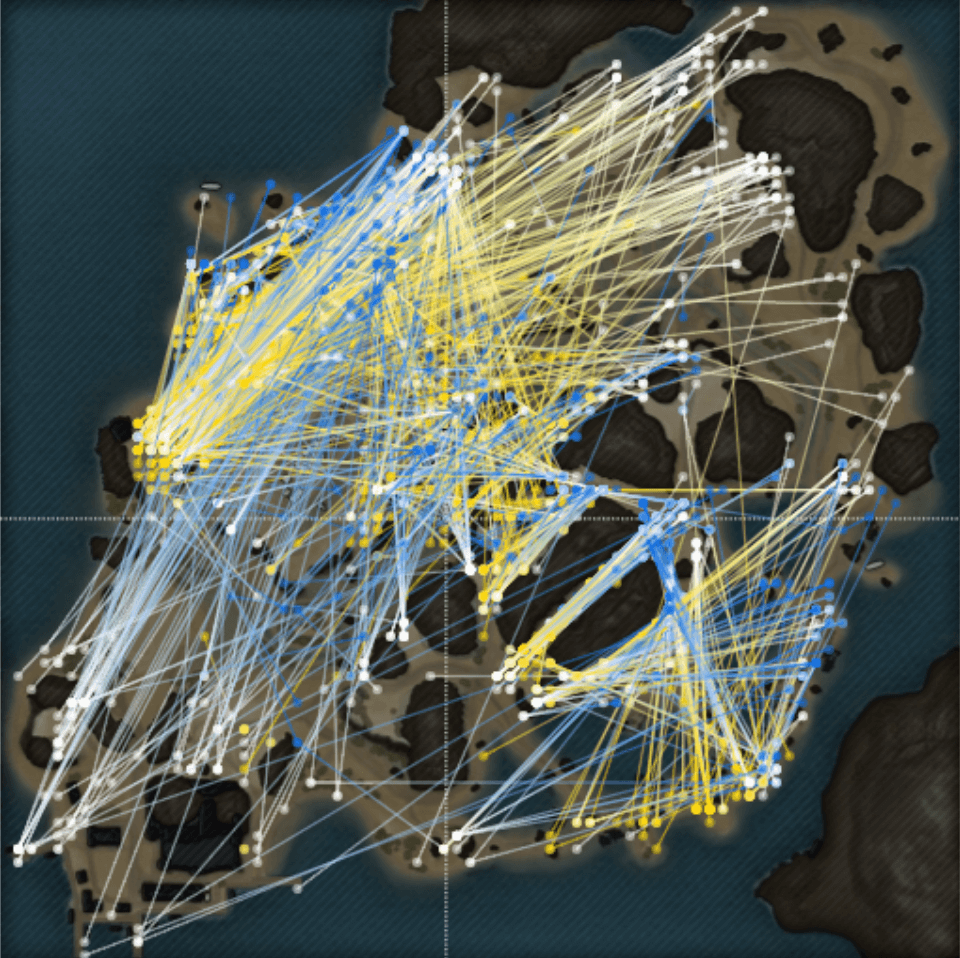- Positions of Both Teams
- Movement
- Deployment of Vehicles
- Directions of Shots
Close
- Failed to log in. Log in or create account
- My Profile Log out
Behind the Scenes: Oyster Bay
© 2009–2024 Wargaming.net All rights reserved.
